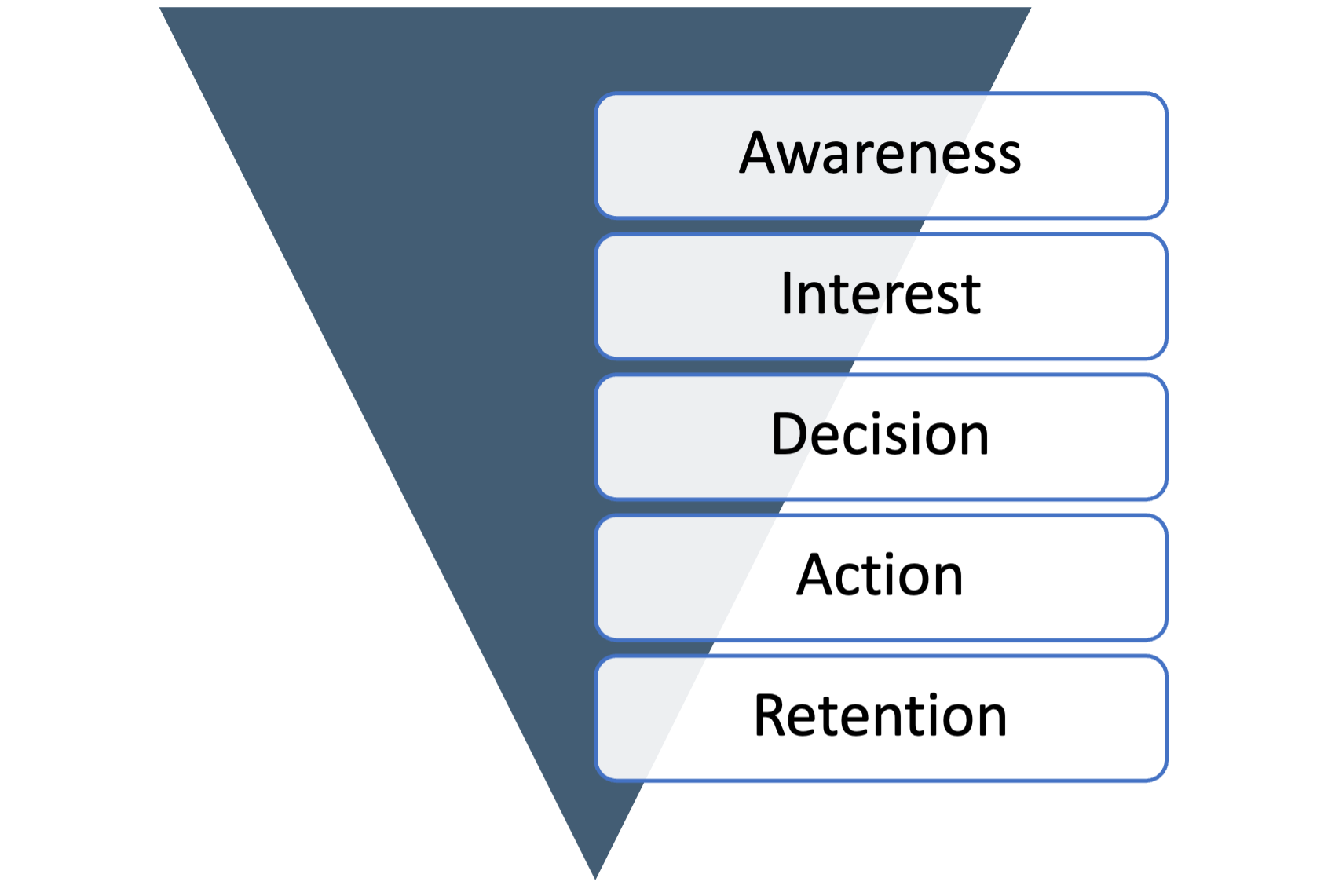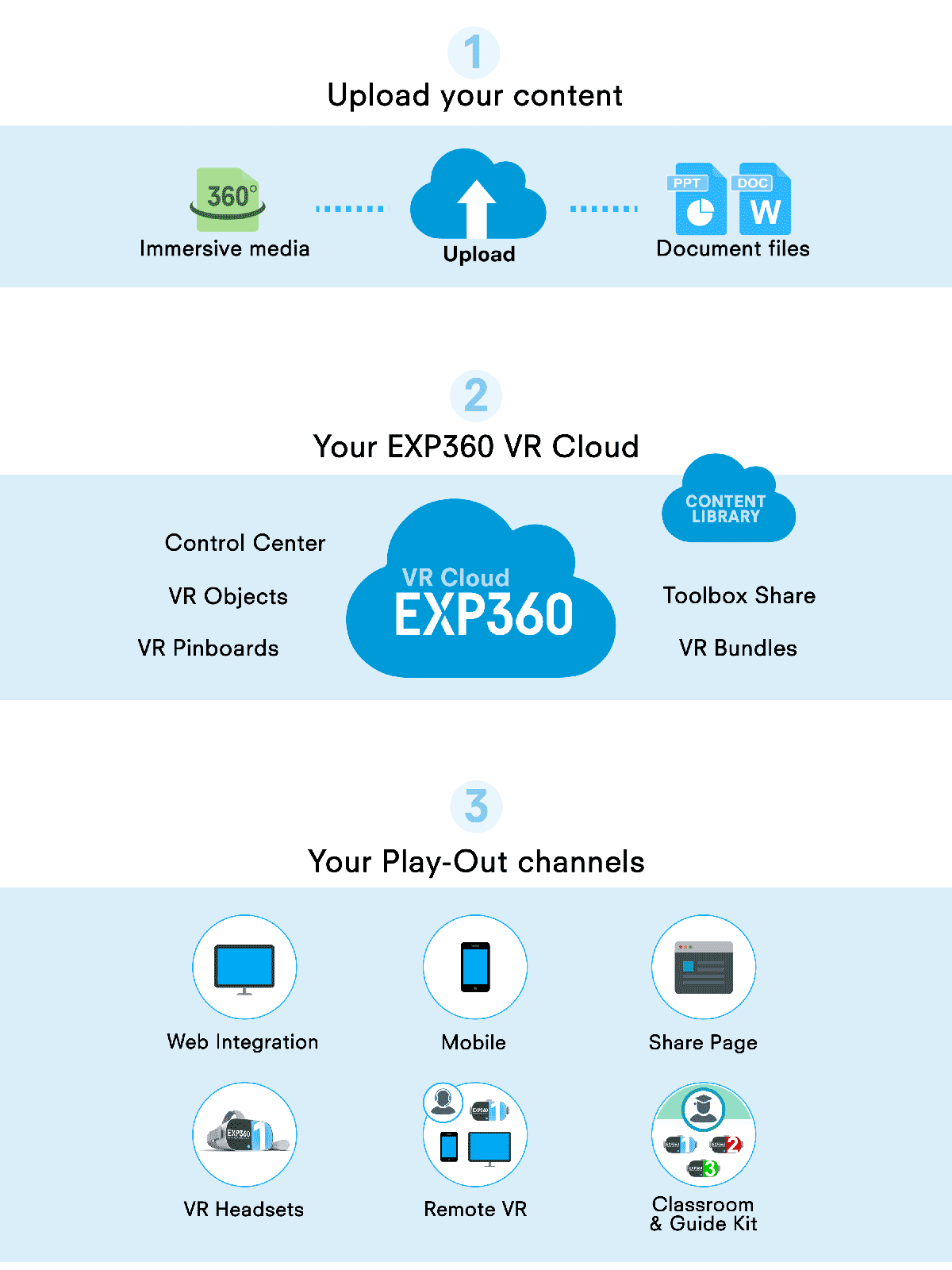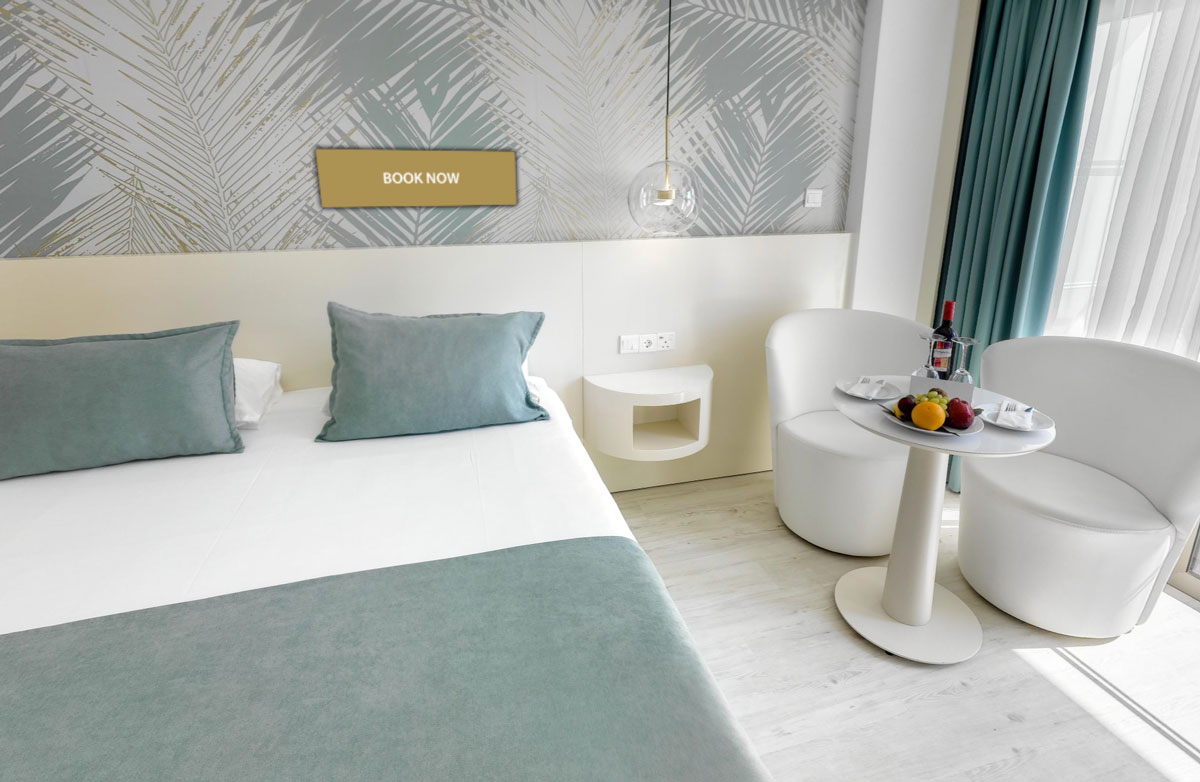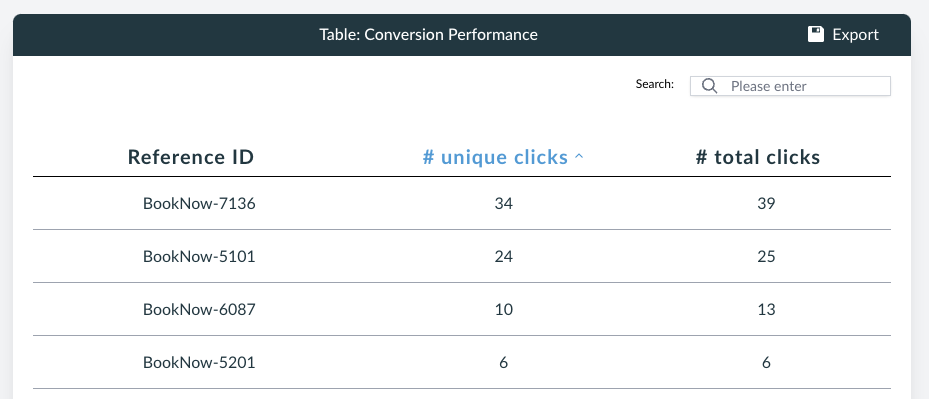Dive into the revolutionary world of VR sales funnels. Discover how virtual reality can redefine customer engagement and drastically enhance your conversion rates across various industries and use cases.
In a rapidly evolving digital landscape, traditional sales strategies are constantly under pressure to innovate and deliver. One such strategic model is the sales funnel, a step-by-step process designed to transform potential customers into buyers. But as the market becomes increasingly competitive, businesses are looking for cutting-edge methods to maximize conversions – the turning point when a potential customer decides to make a purchase.
This is where Virtual Reality (VR) steps into the picture. VR offers unparalleled, immersive experiences that are capable of enhancing customer engagement and fostering deeper connections. Whether it’s a virtual tour of a real estate property or an interactive experience of a cruise vacation, VR is truly revolutionizing the sales process.
But how exactly does VR impact conversions? VR isn’t just about creating visually stunning experiences, it’s about drawing the customer into a virtual environment and facilitating an emotional connection. This emotive experience influences decision-making, making customers more likely to convert.
In this post, we’ll explore the concept of VR sales funnels in-depth, showcasing how VR can elevate your sales strategy and ultimately, maximize conversions. Join us as we unveil the benefits of leveraging VR to transform potential customers into actual buyers, thereby optimizing your sales funnel for greater success.
Table of Contents
Building a Path to Purchase: Sales Funnels and VR
To fully understand the power of VR in the sales process, it’s necessary to first define what a sales funnel is and how VR complements this process.
What is a sales funnel?
A sales funnel is a model that visualizes the customer’s journey towards making a purchase – from the initial point of contact or awareness all the way through conversion. The funnel metaphor implies that as a customer moves through each stage of the process, the number of people continues to get smaller as potential customers drop off and only a fraction of leads turn into actual customers.
The sales funnel is traditionally broken down into several key stages, each of which plays a crucial role in guiding the customer toward making a purchase. While the number and specific labels of these stages can vary, a typical breakdown might look something like this: Awareness, Interest, Decision, Action, and Retention.
Awareness
This is the initial stage where prospective customers first become aware of a product or service. They may have come across an ad, heard about it from a friend, or found it while searching for a solution to a problem. In the context of VR, this might involve a user stumbling upon a virtual tour of a property while researching real estate online.
Interest
Once customers are aware of the product, they begin to show interest in it and start to learn more. They might visit the company’s website, read reviews, or check out product specifications. In a VR environment, this could be represented by users exploring different parts of a virtual tour or interacting with various elements within a VR showroom.
Decision
At this stage, the prospective customer is deciding whether or not to make a purchase. They’re comparing different offerings, looking at prices, and weighing the pros and cons. Within a VR sales funnel, users might be comparing different virtual tours or examining different products within a VR product showcase.
Action
The action stage is where the purchase happens. The customer has decided to buy the product or service and makes the transaction. In the world of VR, this could be as simple as clicking a ‘Buy Now’ button within the VR experience itself.
Retention
Often overlooked in discussions of the sales funnel, the retention stage is crucial. After purchasing, the goal is to keep the customer satisfied and turn them into a repeat customer or even a brand advocate. For VR, this might involve offering follow-up VR experiences, like post-purchase tutorials or additional virtual tours of other relevant products or services.
By understanding each stage of the sales funnel and how it applies to a VR environment, businesses can strategically design their VR experiences to guide customers smoothly from one stage to the next, maximizing conversions and boosting sales.

By understanding each stage of the sales funnel and how it applies to a VR environment, businesses can strategically design their VR experiences to guide customers smoothly from one stage to the next, maximizing conversions and boosting sales.
Why is Virtual Reality an Ideal Tool for Sales Funnels?
Virtual Reality is a game-changer for sales funnels due to its immersive nature. It offers an interactive experience, fostering an emotional connection between the customer and the product or service. By allowing customers to fully experience and understand the product, VR speeds up the decision-making process and increases the probability of conversion.
Turning Visitors into Buyers: The Role of VR
VR’s immersive and interactive capabilities make it an effective tool to turn visitors into buyers. With VR, businesses can provide a more detailed and realistic view of their products or services, increasing the product’s perceived value and the customer’s likelihood to purchase.
Additionally, VR can effectively address customer queries and concerns, providing a comprehensive pre-purchase experience that not only influences the decision-making process but also builds trust and customer satisfaction.
By understanding these principles, businesses can leverage the power of VR to create a compelling sales funnel that effectively leads customers from awareness to purchase, thereby maximizing conversions.
How to Create a VR Sales Funnel with EXP360
Creating a VR sales funnel with EXP360 involves leveraging the platform’s capabilities to guide potential customers through the stages of Awareness, Interest, Decision, Action, and Retention. Here’s how it works and how you can go about it:
Content Creation: EXP360 offers a range of tools for creating immersive 360° virtual tours. You can either use your own 360° images or videos, or you can take advantage of EXP360’s production services. With these tools, you can create the initial hook that will draw potential customers into your sales funnel.
Interactive Hotspots: With EXP360, you can enhance your 360° content with interactive elements called hotspots or VR Objects. These can be used to provide additional information, showcase testimonials, display use-case scenarios, or present detailed product features. Hotspots are a valuable tool for fostering interest and deepening engagement with your offering.

EXP360 VR Object (Video in TV) in a Louis Hotels room. View the full experience in this VR share page.
Customization and Personalization: EXP360 allows you to offer customized experiences based on your customer’s preferences. This feature can help potential customers visualize the benefits of your offerings, fostering their decision-making process.
Integrated Call-to-Action (CTA) Features: EXP360 enables you to incorporate CTAs directly within your VR content. These can guide users from immersive exploration to taking concrete actions, like booking a service, contacting your sales team, or making a purchase.
Analytics: EXP360’s built-in analytics can help you track user behavior within your VR environment. This can provide valuable insights into what’s working and what needs improvement in your sales funnel.
Post-Purchase Engagement: EXP360’s capabilities extend beyond the point of purchase. The platform can be used for VR training for a purchased product, after-sales service in VR, or to offer exclusive VR content for existing customers. This helps to maintain customer relationships and foster loyalty.
By integrating EXP360’s features into your sales process, you can create a VR sales funnel that is both effective and engaging. The platform offers the tools you need to guide customers through each stage of the sales funnel in a way that is intuitive, interactive, and impactful.

VR Sales Funnels in Different Scenarios
Real Estate: Creating Immersive Property Experiences
The objective of the VR sales funnel for real estates is to guide potential buyers on a virtual journey through properties, piquing their interest and ultimately leading them to initiate contact or make a purchase decision.
Virtual Reality becomes more and more important to the real estate industry as costs for traveling increase. Buyers from overseas can tour properties virtually before getting there in real-life.
Awareness: Potential buyers explore immersive 360-degree virtual property tours, gaining initial exposure to the property features and surroundings.
Interest: Information hotspots available within EXP360’s virtual tour provide additional information, sparking deeper interest.
Decision: Call-to-actions can prompt viewers to schedule a physical viewing or a one-on-one VR session with a real estate agent, nudging them towards the decision stage.
Action: Integrated call-to-actions also provide the possibility for potential buyers to immediately make an offer or request more detailed property information, effectively completing their journey down the sales funnel.
Hotels: From Browsing to Room Bookings
The goal for the hospitality industry is to entice potential guests with an immersive exploration of rooms and amenities, fostering a desire to experience it firsthand, and driving them to book a room.
Awareness: A VR tour exposes potential guests to the hotel’s amenities, rooms, and exclusive suites.
Interest: Interactive hotspots provide additional information about services, testimonials, or promotional videos, sparking interest.
Decision: As guests navigate through the virtual tour and learn more about what the hotel offers, they get closer to making a booking decision.
Action: A strategically placed ‘Book Now’ button within the VR tour nudges potential guests to complete their booking, successfully moving them from interest to action in the sales funnel.

EXP360 VR Object (CTA Book Now Button) in a Louis Hotels room. View the full experience in this VR share page.
Cruises: Virtual Deck Exploration
The sales funnel aims to provide a captivating glimpse of the cruise experience, building excitement and interest that ultimately leads to increased bookings.
Awareness: Potential passengers embark on a VR tour of the cruise ship, exploring dining experiences, entertainment facilities, cabins, and excursions.
Interest: EXP360’s platform allows cruise lines to insert interactive hotspots with additional information about services, which serve to deepen interest.
Decision: A ‘Reserve Now’ call-to-action embedded within the VR tour nudges viewers towards reserving their spot.
Action: The direct link within the VR tour to the cruise line’s booking system allows potential passengers to finalize their booking, concluding their journey through the sales funnel.
Destinations: Boosting Tourist Attraction
The aim is to use VR to showcase the unique attractions of a destination, stirring interest among potential tourists and prompting them to make travel arrangements.
Awareness: A VR tour allows potential tourists to explore attractions, local businesses, and key landmarks in a city or tourist spot.
Interest: Information hotspots, coupled with immersive 360° visuals, serve to spark deeper interest and curiosity in the destination.
Decision: As viewers navigate through the VR tour and learn more about the location’s highlights, they become more likely to decide to visit.
Action: Call-to-actions within the tour can prompt viewers to book travel packages or accommodation, effectively pushing them to the action stage of the sales funnel.
Trade Shows and Expos: Enhancing Exhibitor Engagement
The goal is to enhance exhibitor engagement through virtual exhibits, encouraging attendees to seek further interaction, whether it’s scheduling a meeting or making a purchase.
Awareness: Visitors are exposed to immersive 360-degree tours of the exhibits, gaining an understanding of what each exhibitor offers.
Interest: Interactive hotspots provide additional details about exhibitors’ products or services, increasing interest and engagement.
Decision: As visitors explore more about what each exhibitor offers, they move closer to making a decision about which products or services interest them the most.
Action: Call-to-actions within the virtual tour can prompt visitors to schedule a meeting with an exhibitor or make a purchase, effectively moving them from interest to action.
Virtual Showrooms: Driving Product Interest and Sales
The sales funnel is designed to present a diverse range of products in an engaging manner, leading customers to learn more about their offerings and push them towards making a purchase.
Awareness: Customers explore a 360-degree VR showroom, gaining an immersive exposure to a range of products.
Interest: Information hotspots and interactive elements can provide more product details, fostering deeper interest.
Decision: As customers navigate through the virtual showroom and learn more about what each product offers, they move closer to making a purchase decision.
Action: A ‘Buy Now’ button embedded within the VR tour prompts customers to add items to their cart and proceed to checkout, successfully completing their journey down the sales funnel.
Product Presentations: Showcasing Detailed Product Features
The goal is to offer a detailed, immersive presentation of a product’s features and benefits, encouraging potential customers to proceed with a purchase decision.
Awareness: A VR presentation allows potential buyers to explore product features and benefits in an immersive, interactive environment.
Interest: Information hotspots embedded within the VR presentation provide additional information about the product, spurring deeper interest.
Decision: As viewers navigate through the VR presentation and learn more about the product’s features and benefits, they move closer to making a purchase decision.
Action: A ‘Buy Now’ button incorporated within the VR presentation prompts viewers to make a purchase, effectively moving them from the decision to action stage of the sales funnel.
Analytics and Optimization of VR Sales Funnels with EXP360
In the modern digital marketing landscape, measurement and optimization are integral to success. EXP360 understands this necessity, equipping businesses with robust analytics capabilities. These tools provide valuable insights into how users navigate through the virtual environments, allowing you to assess which components of your VR sales funnel are working effectively and which ones might need tweaking.
By tracking interactions and click-through rates (CTR) on your Call-To-Action (CTA) buttons, EXP360 allows you to fine-tune your funnel for maximum conversion. This can involve adjusting the placement of CTAs, modifying the VR experience to enhance engagement, or revising your follow-up procedures to ensure leads are effectively nurtured.
Ultimately, these analytics capabilities enable you to iterate and improve your VR sales funnel continuously, leading to improved performance and more efficient conversion of leads into customers.

Conclusion
In an increasingly competitive marketplace, businesses must leverage every tool at their disposal to engage customers and drive sales. Virtual reality presents a unique opportunity to create interactive, immersive sales funnels that not only generate interest but can effectively guide potential customers through the buying process.
In this post, we’ve examined the concept of VR sales funnels and explored their potential applications across various industries, including real estate, hotels, cruises, destinations, trade shows and expos, virtual showrooms, and product presentations.
Utilizing a platform like EXP360 enables businesses to take advantage of this innovative approach to sales, creating compelling VR experiences, optimizing them based on user interaction data, and ultimately, driving conversions. As the digital landscape continues to evolve, the implementation of VR sales funnels may just be the competitive edge your business needs.
Photo by Shubham Dhage on Unsplash



